Following the contentious debate over the legacy of Mughal Emperor Aurangzeb, the city of Nagpur, known for its vibrant culture and historical significance, has recently been gripped by violence. The imposition of a curfew in parts of the city and reports of damage to vehicles has brought the issue to the fore, highlighting the delicate balance between historical narrative and communal harmony.
All the points in this post
Background of the Aurangzeb Row
In Indian history, the sixth Mughal emperor Aurangzeb remains controversial. Some see him as a devout ruler who expanded the Mughal Empire, while others criticize his policies, especially those considered anti-Hindu. The recent dispute over Aurangzeb’s tomb and rumours of the desecration of holy scriptures have reignited this historical tension.
The controversy began when rumours spread that a holy scripture had been desecrated near Aurangzeb’s tomb. The rumours spread quickly, fuelled by social media, sparking widespread outrage. The delay in authorities providing immediate clarification led to the situation spiralling out of control as various groups interpreted the events from their own historical and religious perspectives.

The Outbreak of Violence
As groups of protesters took to the streets, the first clashes broke out in the early hours of the morning. Stone-pelting and arson were reported soon after the peaceful protests began. Social media played a key role in escalating tensions, with provocative posts and videos widely circulated, further fueling public anger.
Law enforcement agencies quickly responded, but the scale of the violence posed significant challenges. A large number of police personnel were deployed, and tear gas was used to disperse the crowd. Despite these efforts, the violence continued to spread, causing significant damage to public and private property.
Imposition of Curfew and Government Response
In response to the escalating violence, the local administration imposed curfew in several parts of Nagpur. The curfew, which was immediately declared, restricted the movement of people and vehicles in the affected areas. The administration has issued strict warnings against any form of violence, urging residents to stay indoors and maintain peace.
Meanwhile, the state government has held an emergency meeting to assess the situation. Senior officials, including the Chief Minister, have issued statements calling for calm and condemning the violence. Political leaders at various levels have also called for peace, stressing the need for dialogue and compromise.

Impact on the Local Community
The curfew and subsequent violence have had a significant impact on the daily lives of Nagpur residents. Businesses, especially those in the affected areas, have been forced to close, resulting in significant economic losses. Public transport has been disrupted and schools and colleges have been closed as a precautionary measure.
In addition, several motorcycles and cars were reportedly set on fire during the clashes. Residents have shared horrific accounts of the violence, with many expressing fear and uncertainty about the future. A palpable sense of insecurity has emerged and many have called for an immediate return to normalcy.
Investigation and Legal Actions
Authorities have launched a comprehensive investigation into the root cause of the violence. According to initial findings, the rumours of desecration of the holy book appear to be baseless and efforts are being made to identify those who spread false information. Several people have been arrested and cases are being filed against them for their alleged involvement in the violence.
In addition, the police are working to stop the spread of false information on social media. Special teams have been formed to monitor online activity and several social media accounts have been identified for spreading inflammatory content. The administration has urged residents to share only verified information and not make false claims.
Community Reconciliation and Future Steps
In the aftermath of the violence, concerted efforts have been made to strengthen dialogue and reconciliation between communities. A group of local leaders, including religious leaders and community representatives, has come together to broker a compromise and establish peace. Various initiatives such as peace marches and interfaith meetings have been organised to bridge the divide and heal the wounds created by the violence.
Long-term measures are also being considered to prevent such incidents in the future. These include educational programmes that promote religious tolerance and historical awareness. The role of social media in shaping public opinion is also being examined, with calls for stricter controls to prevent the spread of misinformation.
the end
The recent violence in Nagpur serves as a stark reminder of the fragility of communal harmony in the face of historical controversies. A semblance of order has been restored due to the imposition of curfew and the prompt response of law enforcement agencies, but the underlying problems have not been addressed. To address these issues and build a culture of peace and understanding, it is imperative that all stakeholders collaborate.
As the city of Nagpur strives to move forward, the lessons learned from this incident should not be forgotten. The importance of dialogue, education, and awareness in the quest for a harmonious society cannot be overstated. Only by addressing the root causes of such violence can we prevent its recurrence and build a future where history is a source of learning, not division.





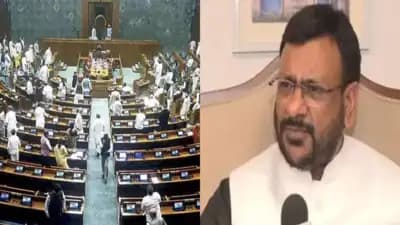
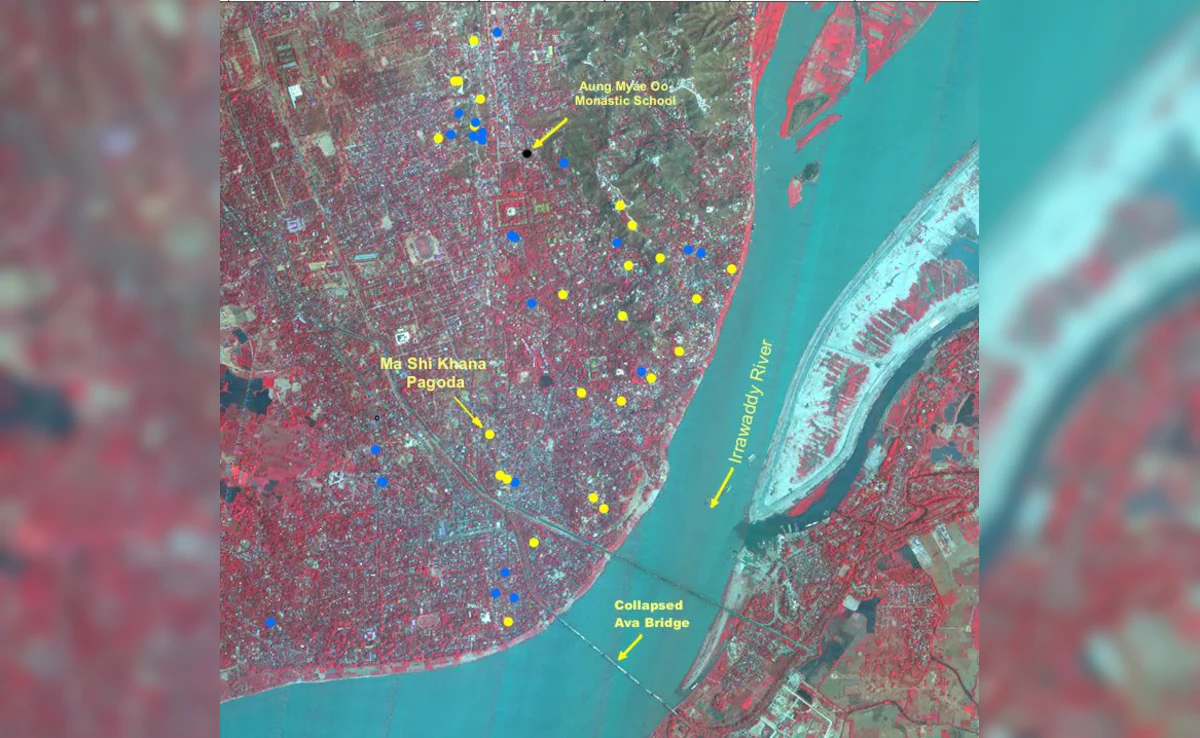

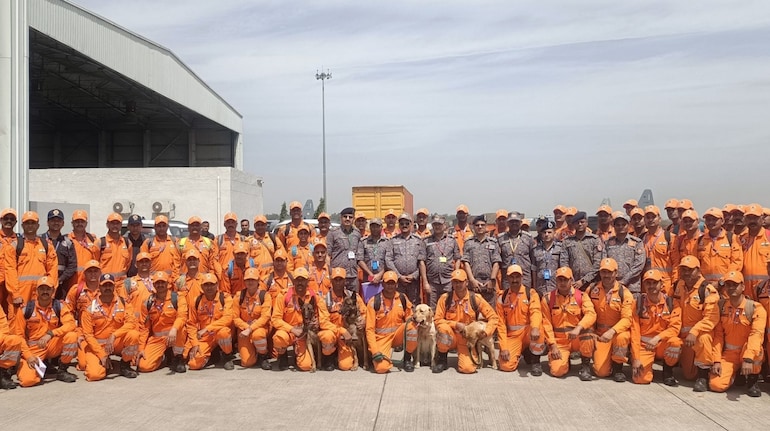
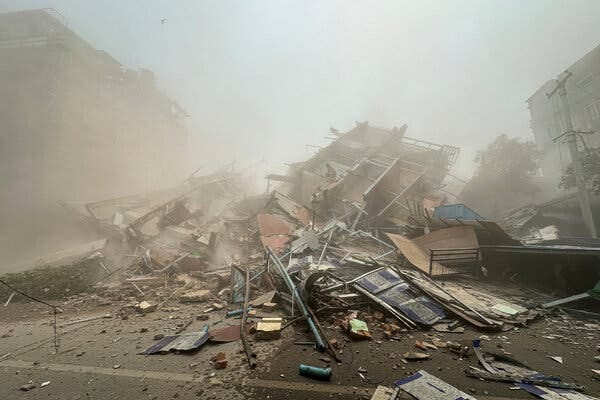


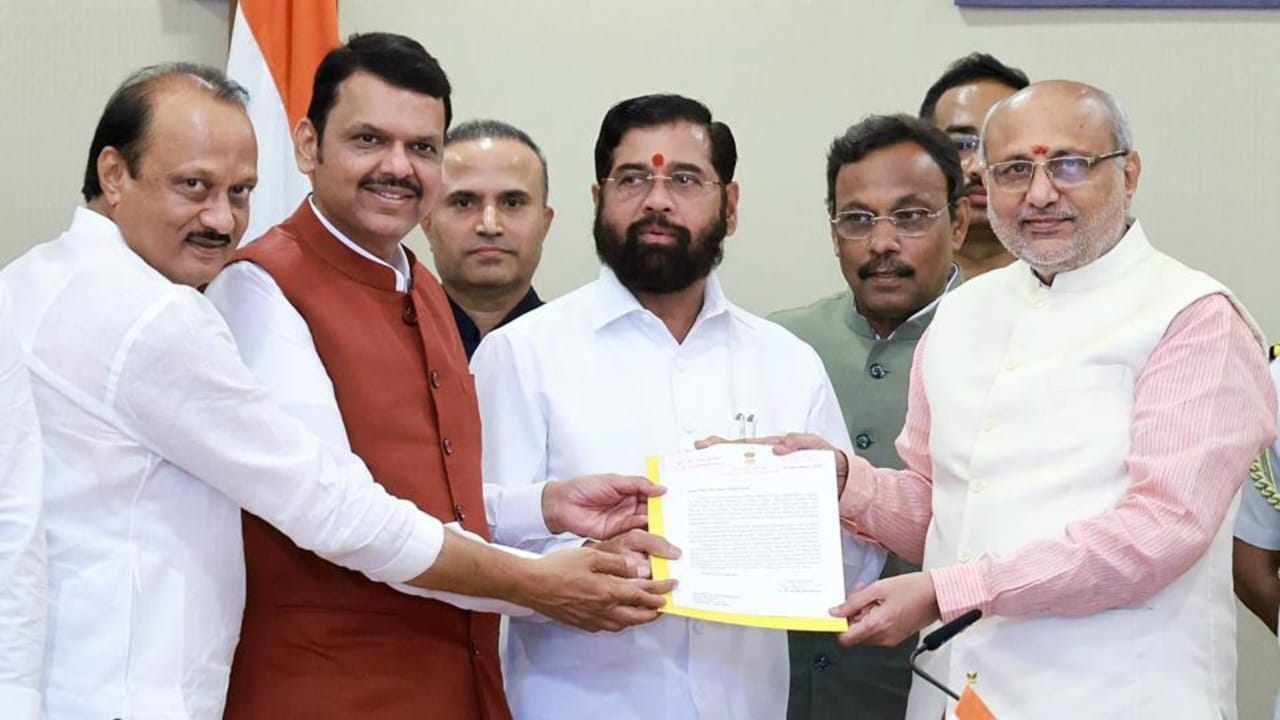
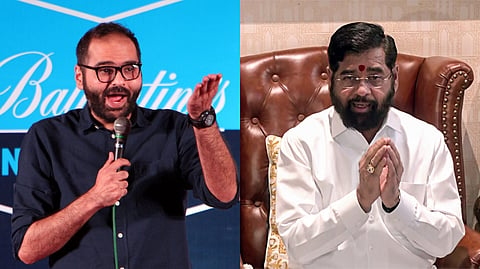
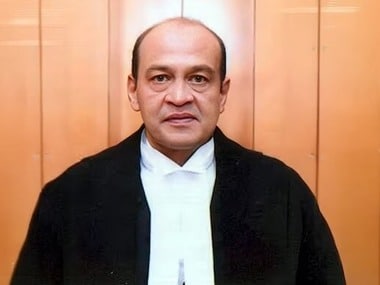

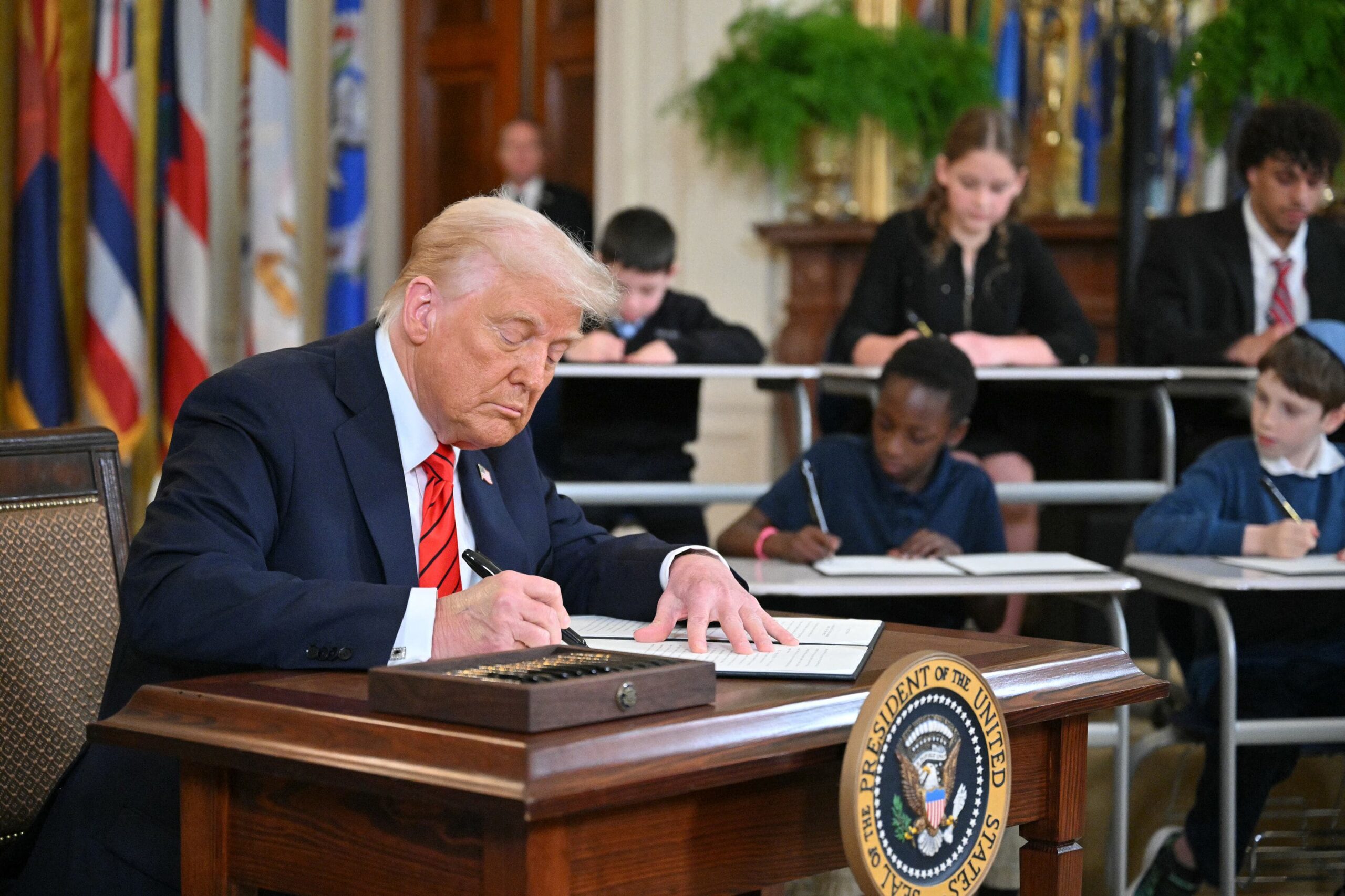



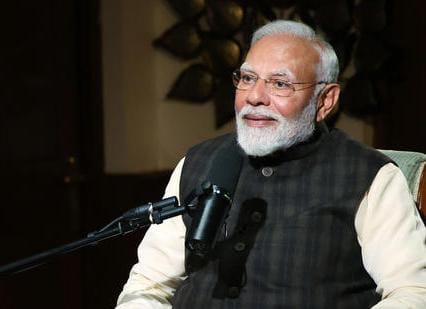
Leave a Reply